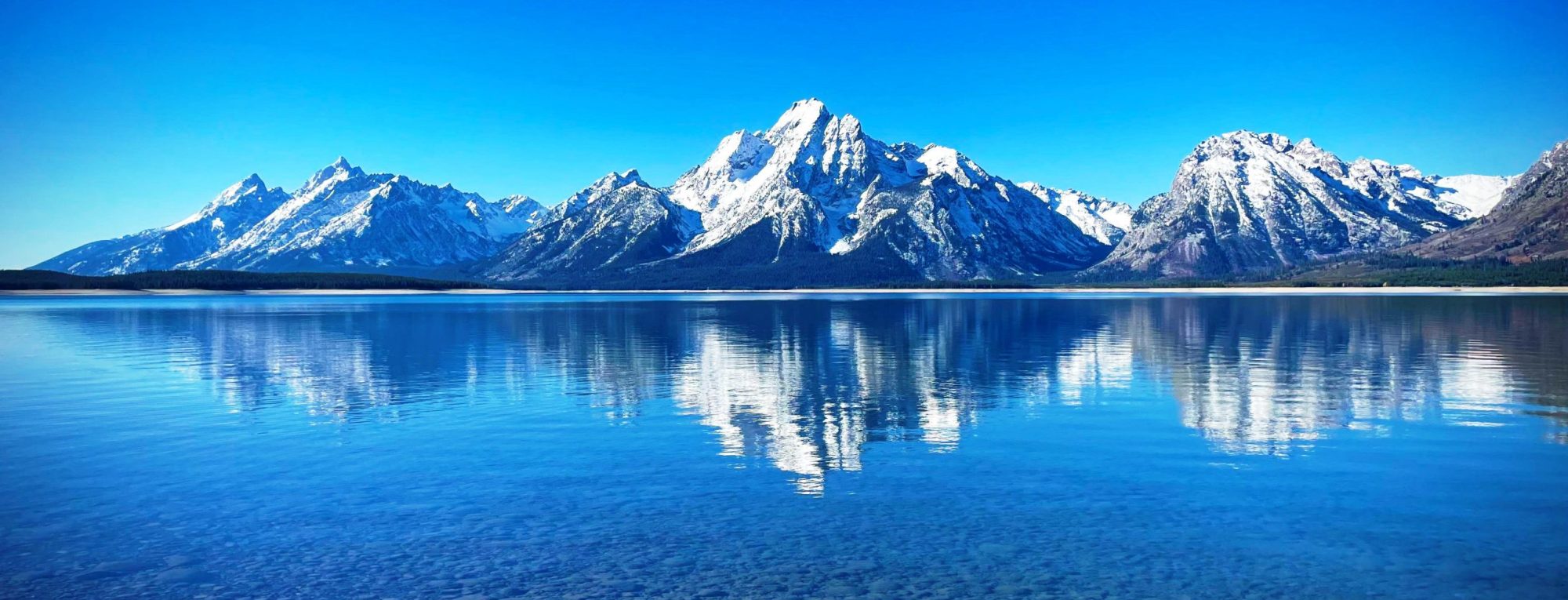The Hakkōda Mountains (八甲田山系, Hakkōda-sankei) are an active volcanic complex in south-central Aomori Prefecture, Japan, in Towada-Hachimantai National Park. Often called Mount Hakkōda (八甲田山, Hakkōda-san) or simply Hakkōda (八甲田), the mountains are collectively listed as one of the 100 Famous Japanese Mountains. Its highest peak, Mount Ōdake, lies 21.3 kilometers (13.2 mi) southeast of central Aomori and 28 kilometers (17 mi) west of central Towada and has an elevation of 1,585 meters (5,200 ft). The Hakkōda Mountains are a part Ōu Mountains which make up part of the Northeastern Japan Arc, a segment of the Pacific Ring of Fire. The volcanic complex consists of fourteen stratovolcanoes and lava domes arranged into two volcanic groups. The Northern Hakkōda Volcanic Group emerges from the rim of an 8-kilometer-wide (5.0 mi) caldera that dates back to the Pleistocene. The Southern Hakkōda Volcanic Group predates the caldera.
The Hakkōda Mountains attract many climbers, skiers, and sightseers. The mountains offer extensive backcountry skiing in the winter and early spring. There is a lift, the Hakkōda Ropeway in the northern Hakkōda Mountains used by visitors year-round and several hiking trails cross the mountains. While the trails do not pose any technical climbing challenges, Hakkōda presents dangers such as volcanic gases, harsh winter weather, and avalanches. The most notable incident in mountains’ history was the Hakkōda Mountains incident, the worst mountaineering accident in modern history.
from Wikipedia, the free encyclopedia
